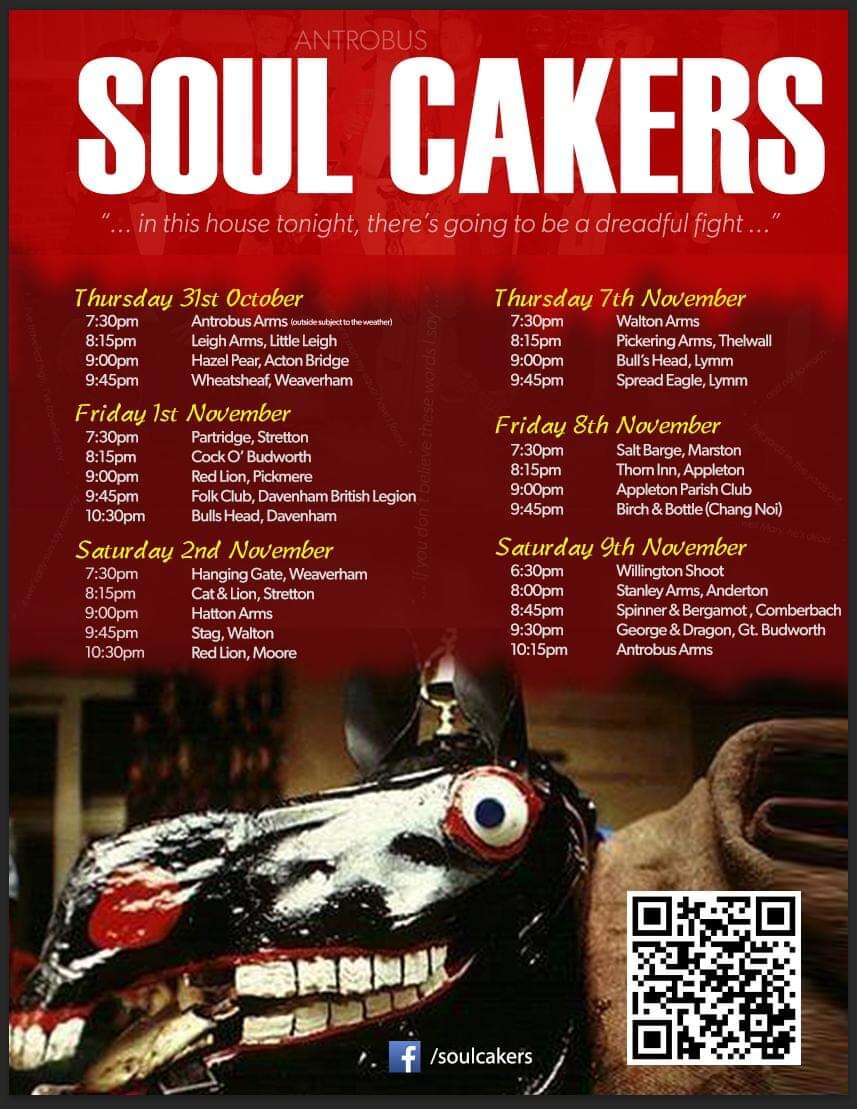British folk traditions
138 readers
1 users here now
There are many strange and unusual folk customs in the UK, some with very deep roots, others surprisingly modern. We'll be collecting them all here.
Rules:
- If the event occurs on a specific date, add it to the title.
- Be excellent to each other.
Elsewhere in the Fediverse:
External links:
founded 1 year ago
MODERATORS
1
2
13
Robin Hood, morris dances and UFOs: English folklore survey gets post-Brexit reboot
(www.theguardian.com)
3
4
5
6
10
Shin-kicking world champion defends crown after training by hitting his legs with a hammer
(www.gloucestershirelive.co.uk)
7
8
28
In Pictures: Crowds gather to celebrate Beltain with burning of 40ft wicker man
(www.shropshirestar.com)
9
10
11
12
13
11
Church with oldest written reference to morris dancing in Sussex funds apprentice bells for Sompting Village Morris
(www.sussexexpress.co.uk)
14
15
16
17
18
19
20
21
19
Horse skulls and harmony singing – two winter customs which bring people in Wales together
(theconversation.com)
22
23
24
25
view more: next ›


